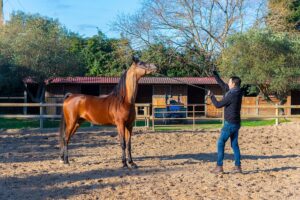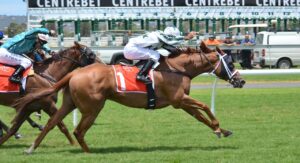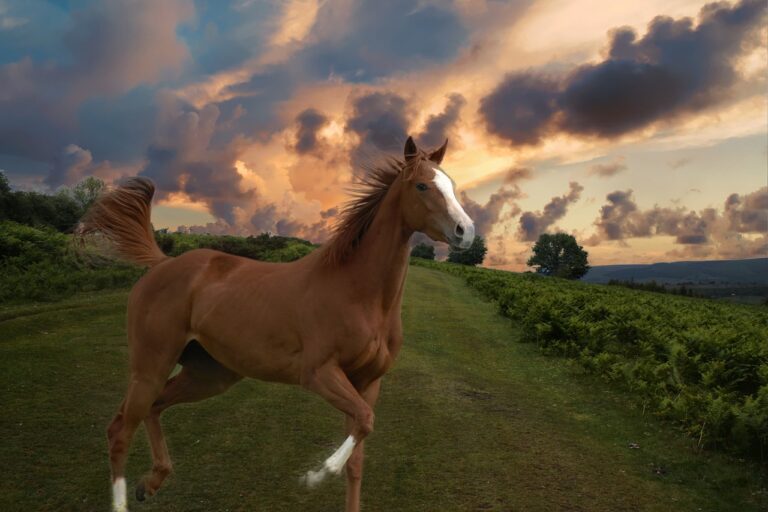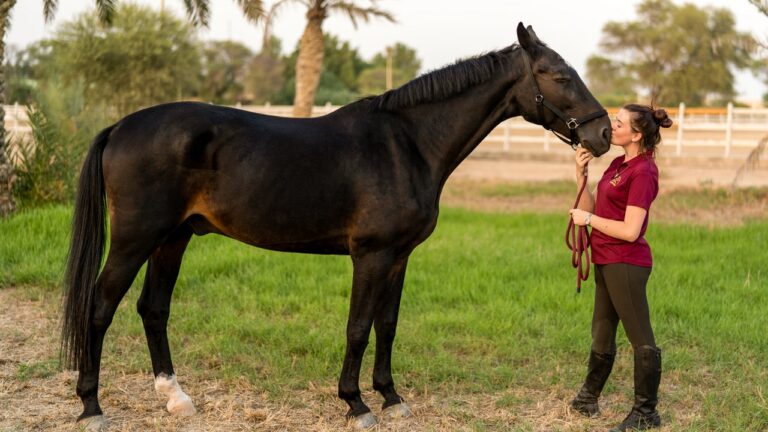There are plenty of equestrian sports that you might not know of. The equestrian world has been developing since people met horses and started taming them and working with them.
Dressage is a form of training that is considered by many to be the highest form of horse training. It is a competitive sport, as well as an exhibition discipline, not to mention that some pursue it simply for the sake of the art. Training a horse to that level and having such a precise and well-practiced bond is like executing a classical piece of music or climbing a pitch without any safety.
Dressage has its history and here is what you need to know about it.
The Beginnings

As with most things, you can date dressage back to ancient times, and often, that means ancient Greece. The Athenian general Xenophon wrote his ideas on how to properly, systematically train a horse. Even though more than 2000 years have passed since, his ideas are still valid and held high in dressage.
In the renaissance, dressage was given more attention, firstly from Federico Grisone, thought to be the father of modern dressage, in the 16th century. From that point onward, there were many people who influenced dressage, from all over Europe, namely William Cavendish, Antoine de Pluvinel, François Robichon de La Guérinière, Gustav Steinbrecht and François Baucher, to name a few, over a period of two centuries.
Professional Dressage Competitions
Dressage was recognized by FEI early on, since the FEI was founded, to be exact. Dressage has been an Olympic sport prior to the foundation of its governing body, since 1912. Dressage is a pretty complicated discipline and it has many requirements, firstly the tack, meaning the horse riding equipment.
Dressage requires the horse and rider to perform a series of tests. .

These tests are Piaffe, meaning a steady trot in place. The horse can never move backwards but can move slightly forward.
The Passage is a trot, once more, but the horse has suspension between strides, meaning that the legs stay elevated a bit longer.
Extended gaits can be done at walk, trot or canter, where the horse will make its stride as long as possible, extending the legs as far as it can.
Collected gaits are strides which are shortened, often done in trot and canter. The hindquarters are brought closer so that the stride is shortened. The tempo should be unchanged.
Flying changes are when the horse changes tempo with every stride, every second, third or fourth stride. They are known as tempis, so in order, one time tempi or onesie, two time tempi, three and four.

Pirouette implies that the horse should rotate in place, performing a full circle, often in canter. At higher levels of competitions, turns up to 720 degrees can be made and at levels lower than the Grand Prix (and Olympics), up to a 180 turn can be made.
Half-pass is a movement where the horse moves forward and diagonally, while slightly facing the direction they are going towards.
Dressage is a form of art, competitive sport, as well as a way of training horses systematically, as well as an Olympic event.








